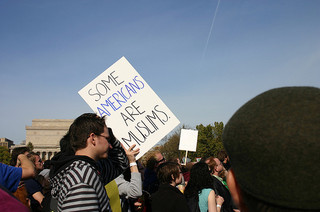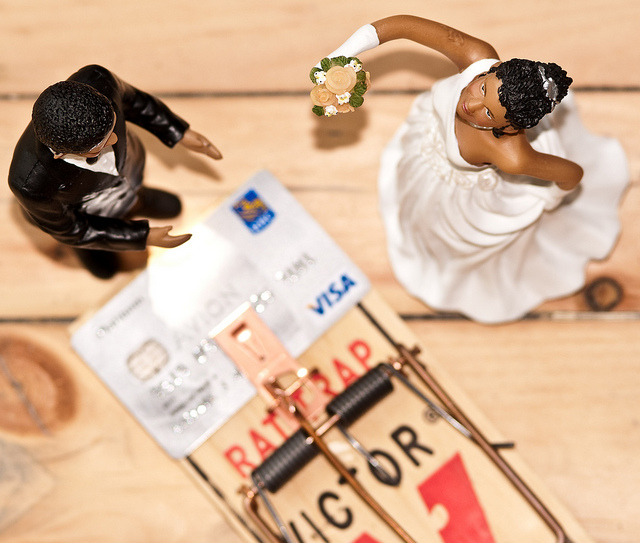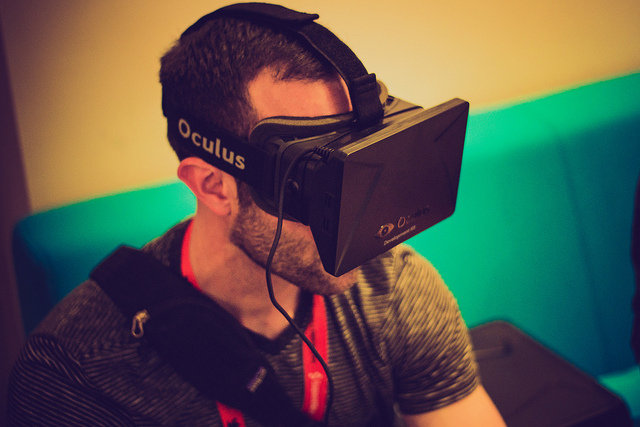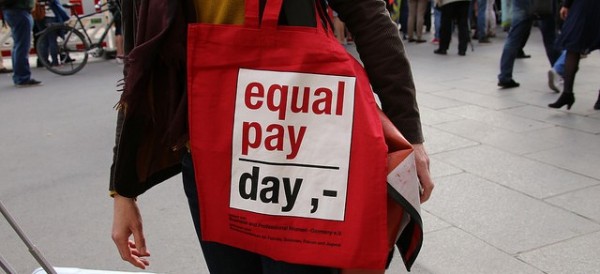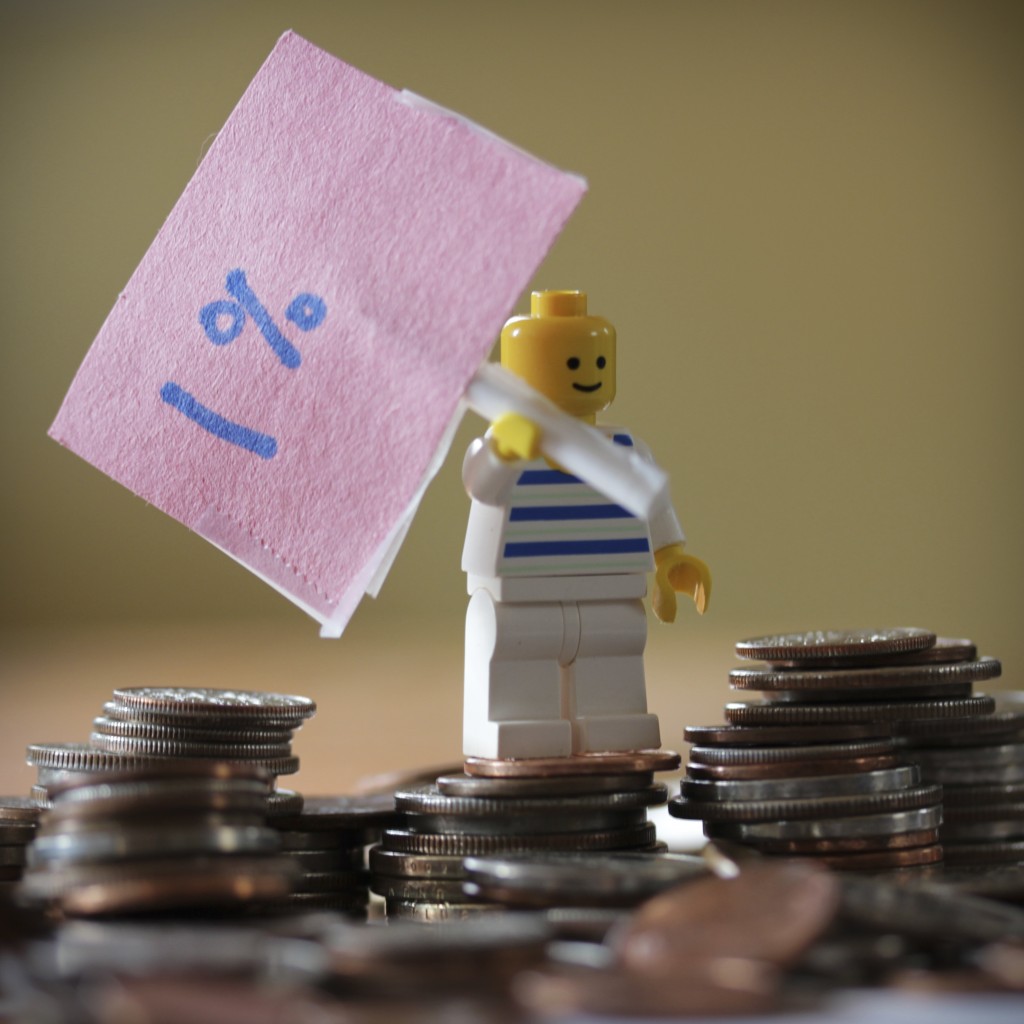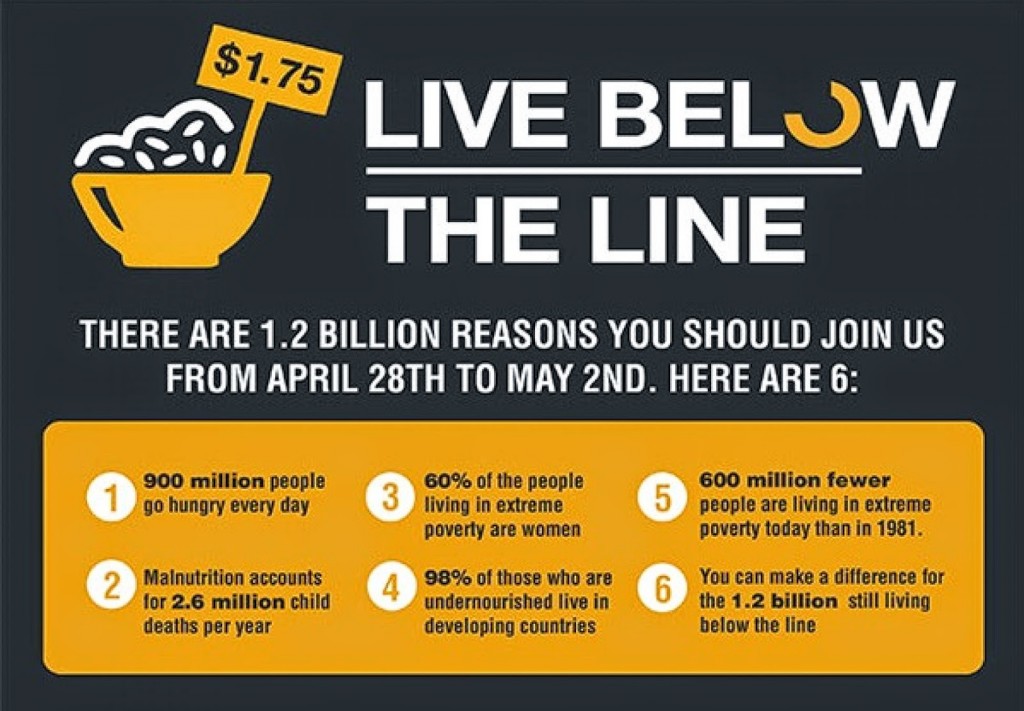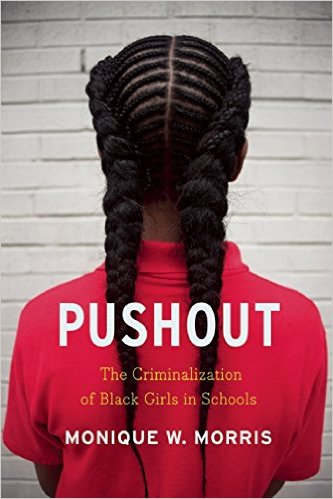
We tend to think of the world wide web as a place of equal opportunity, granted everyone has access to it. But NYU’s At A Glance recently covered Charlton McIlwain’s new study that reveals how systemic racial inequality forms and operates on the internet. The study looks beyond lone bigots who make racist comments and analyzes how site traffic steers users to certain kinds of pages. People who visit non-racial sites tend to visit other non-racial sites, more than just by chance, while those who browse pages with race-specific content find themselves jumping to other race-specific sites. McIlwain says,
“The evidence suggests a tendency toward racially segregated site navigation. Web producers seem to build pathways providing equitable access to sites, without concern for the racial nature of the site.”
While segregation may not be the intention of site builders, user’s personal preferences and search engines intervene to influence how web surfers get from point A to point B.
“These results, along with disparities in website traffic rankings, show how a race-based hierarchy might systematically emerge on the web in ways that exemplify disparate forms of value, influence, and power that exist within the web environment.”

